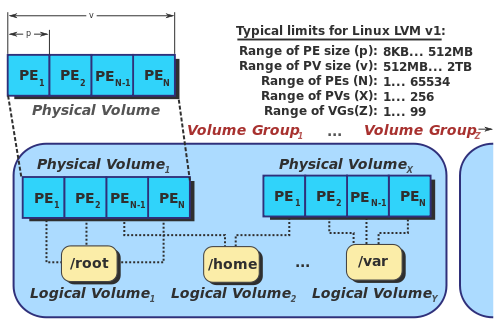Automatisering van loadbalancers en storage classes met Kubernetes op een private cloud
Another CYSO DevOps related article, this time about implementing ‘missing’ features on a VMware Private Cloud. This post has also been posted to the CYSO blog. De gebruikelijke plek om Kubernetes te installeren is op een Public Cloud. Alle aanbieders ondersteunen een manier om automatisch een cluster uit te rollen, met diepgaande integratie met de rest van de cloud. Denk hierbij aan Google GKE, Microsoft AKS en ook Fuga EMK. Maar wat als je Kubernetes wilt draaien vanaf een Private Cloud, bijvoorbeeld VMware? Bepaalde features die je misschien gewend bent zijn dan vaak niet aanwezig, zoals Load Balancers met een automatisch publiek IP, en Storage Classes die automatisch een volume aanmaken. Een volledig automatisch CI/CD proces is voor CYSO een vereiste. Omdat we bij CYSO alle onze diensten draaien op onze eigen VMware Private Cloud, moeten we deze twee blockers oplossen. Laten we kijken hoe we dit kunnen doen. ...
